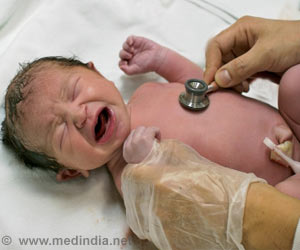The criteria for identifying endocrine disrupting substances has been listed in a consensus paper published in a scientific journal.

TOP INSIGHT
The criteria for identifying endocrine disrupting substances has been listed in a consensus paper published in a scientific journal.
Among other things, the consensus paper lists the criteria for identifying endocrine disrupting substances. The scientific principles are an important precondition for creating uniform criteria at EU level as a basis for future human health assessments of substances and products with endocrine disrupting properties.
The results of the meeting may therefore support the European Commission in developing regulatory criteria for the identification of endocrine disruptors in pesticides and other chemicals and products.
Some endocrine active substances naturally occur in plants, however, for example as ingredients (phytoestrogens). Since such substances in principle play a role in all regulatory areas, it was emphasized that in all regulatory domains procedures and assessment should adopt the "one substance - one assessment" principle.
An inalienable condition for legal regulation is, however, that substances with endocrine disrupting effects that adversely affect the health of an organism or its progeny can be identified with certainty within the regulatory framework. Unfortunately, endocrine disruptors are not a clearly defined group of substances which may be identified as such on the basis of their structural characteristics. Scientific criteria for identifying endocrine-disrupting substances have been the subject of controversial discussion among experts for several years.
The expert meeting held in Berlin was attended by scientists from Europe, the USA and Japan. They discussed the foundations as well as open questions relating to the identification of endocrine disruptors. The two-day expert conference notably focused on the following questions:
- What are the general principles of endocrine effects from a toxicological, pharmacological and endocrinological viewpoint?
- Which sources of uncertainty influence the identification of endocrine disrupting substances in terms of regulatory decision-making?
- Which adverse effects caused by endocrine disruptors can already be determined using existing testing methods?
- Which scientific research activities should be initiated to ensure better identification of endocrine disruptors?
The goal of the scientific discourse was to discuss questions and, where possible, find solutions to current scientific divergences.
Source-Eurekalert
 MEDINDIA
MEDINDIA




 Email
Email




